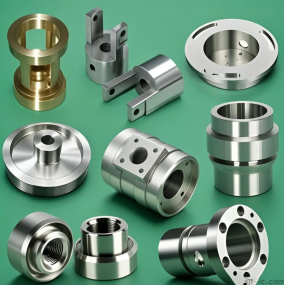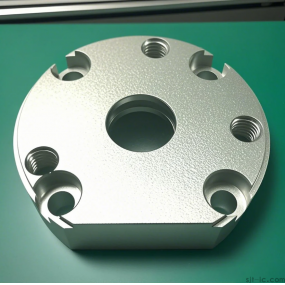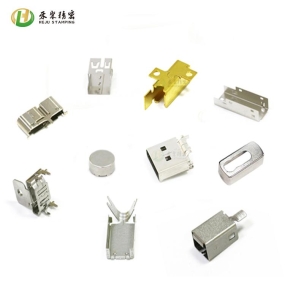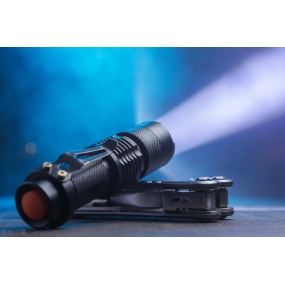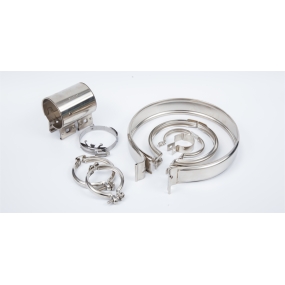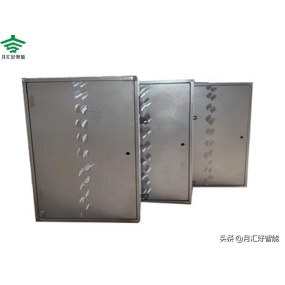Effectively applying different parts of CNC cutting tools for turning machining is an effective solution to reduce machining costs. Therefore, when choosing suitable CNC cutting tools, in addition to the material of the tool, it is also necessary to understand the geometric angle of the CNC tool. However, the scope of cutting geometry design is quite broad, and now we mainly focus on discussing the application of the most common cutting angles of rake and rake, as well as their impact on cutting.
Front angle of CNC cutting tools
Generally speaking, the rake angle has a significant impact on cutting force, chip discharge, and tool durability.
The influence of the rake angle of CNC cutting tools
1) Large front angle and sharp cutting edge;
2) For every 1 degree increase in the rake angle, the cutting power decreases by 1%;
3) Excessive front angle leads to a decrease in blade strength; If the negative rake angle is too large, the cutting force will increase.
The large negative rake angle of CNC cutting tools is used for
1) Cutting hard materials;
2) High cutting edge strength is required to adapt to intermittent cutting and cutting conditions containing black skin surface layers.
The large front angle is used for
1) Cutting soft materials;
2) Easy to cut materials;
3) When the rigidity of the processed material and machine tool is poor.
The benefits of using CNC cutting tools for front corner cutting
1) Due to the use of rake angles, the resistance encountered during cutting can be reduced, thus improving cutting efficiency;
2) It can reduce the temperature and vibration generated during cutting, and improve cutting accuracy;
3) Reduce tool wear and prolong tool life;
4) When selecting the correct tool material and cutting angle, using a rake angle can reduce tool wear and enhance blade reliability.
Bad exterior with excessive front corner
1) Due to the decrease in the angle and cutting efficiency of the tool when cutting workpieces with high hardness, if the rake angle is too large, the tool is prone to wear and even tool breakage;
2) When the material of the cutting tool is weak, it is difficult to maintain the reliability of the cutting edge.
Rear corner of CNC cutting tools
The back corner reduces friction between the tool and the workpiece, allowing the tool to freely cut into the workpiece.
The influence of the back angle of CNC cutting tools
1) The rear angle is large, and the wear of the rear blade is small
2) The back angle is large, and the strength of the blade tip decreases.
Small rear corner is used for
1) Cutting hardness materials;
2) High cutting strength is required.
Large rear corner is used for
1) Cutting soft materials
2) Cutting materials that are prone to work hardening.
The benefits of corner cutting
1) Large back angle cutting can reduce the wear of the back cutting surface, so using a large back angle and a smaller back angle can prolong the tool life without a sharp increase in front angle wear;
2) Generally speaking, when cutting materials with high ductility and softness, it is easier to experience fusion bonding. Melting will increase the back angle and contact surface of the workpiece, increase cutting resistance, and reduce cutting accuracy. Therefore, if cutting such materials with a larger back angle is used, this situation can be avoided.
Limitations on the corner cutting of CNC cutting tools
1) When cutting materials with low heat transfer properties such as titanium alloys and stainless steel, using a large back angle cutting can easily cause wear on the front cutting surface, and even lead to tool breakage. Therefore, a large back angle is not suitable for cutting this type of material;
2) Although using a large back angle can reduce the wear of the rear blade surface, it can accelerate the decline of the blade edge. Therefore, the cutting depth will decrease accordingly, affecting the cutting accuracy. Therefore, technicians need to adjust the angle of the cutting tool regularly to maintain cutting accuracy;
3) When cutting high hardness materials, if the large back angle is too large, the resistance encountered during cutting will cause the front angle to be damaged or broken due to strong compression force.


 Spanish
Spanish Arabic
Arabic French
French Portuguese
Portuguese Belarusian
Belarusian Japanese
Japanese Russian
Russian Malay
Malay Icelandic
Icelandic Bulgarian
Bulgarian Azerbaijani
Azerbaijani Estonian
Estonian Irish
Irish Polish
Polish Persian
Persian Boolean
Boolean Danish
Danish German
German Filipino
Filipino Finnish
Finnish Korean
Korean Dutch
Dutch Galician
Galician Catalan
Catalan Czech
Czech Croatian
Croatian Latin
Latin Latvian
Latvian Romanian
Romanian Maltese
Maltese Macedonian
Macedonian Norwegian
Norwegian Swedish
Swedish Serbian
Serbian Slovak
Slovak Slovenian
Slovenian Swahili
Swahili Thai
Thai Turkish
Turkish Welsh
Welsh Urdu
Urdu Ukrainian
Ukrainian Greek
Greek Hungarian
Hungarian Italian
Italian Yiddish
Yiddish Indonesian
Indonesian Vietnamese
Vietnamese Haitian Creole
Haitian Creole Spanish Basque
Spanish Basque



